Modern models of mobile devices are equipped with many useful functions in everyday life. You can control them with one touch of the display. Thanks to the advent of touch screens, there is no longer a need to press keys that have sunk or worn out over time. However, touch displays do not always work perfectly, in some cases the touchscreen does not work at all or spontaneously activates applications and runs unnecessary commands. The user is left to guess what the problem is and how to pacify the "recalcitrant" gadget?
Problem description
"Phantom touch", or, more simply, "system failures", is a term indicating the problem of incorrect functioning of the sensor when the device performs an action without user intervention or with the complete lack of response of some part of the display for touch. The appearance of ghost touches varies by device,however, most often the problem occurs with gadgets of the same type.
It is worth noting that in most cases, this problem is associated with mechanical damage to the device, and not with malfunctions of the operating system.
Reasons
Spontaneous functioning of the touchscreen often occurs as a result of a hardware or software failure. In the first case, this is caused by the breakdown of individual components in the mobile device. In the second, failures occur due to malfunctions in the device software.
The most common causes of sensor malfunction are:
- dropping or hitting the device;
- poor build quality;
- mechanical damage to the device;
- poor quality resistive display.
After reading the reviews, the user sometimes decides that the only solution to troubleshooting is to disassemble the smartphone and install new components. However, before embarking on such drastic measures, it is necessary to exclude the possibility of a software failure and try more affordable solutions to the problem.
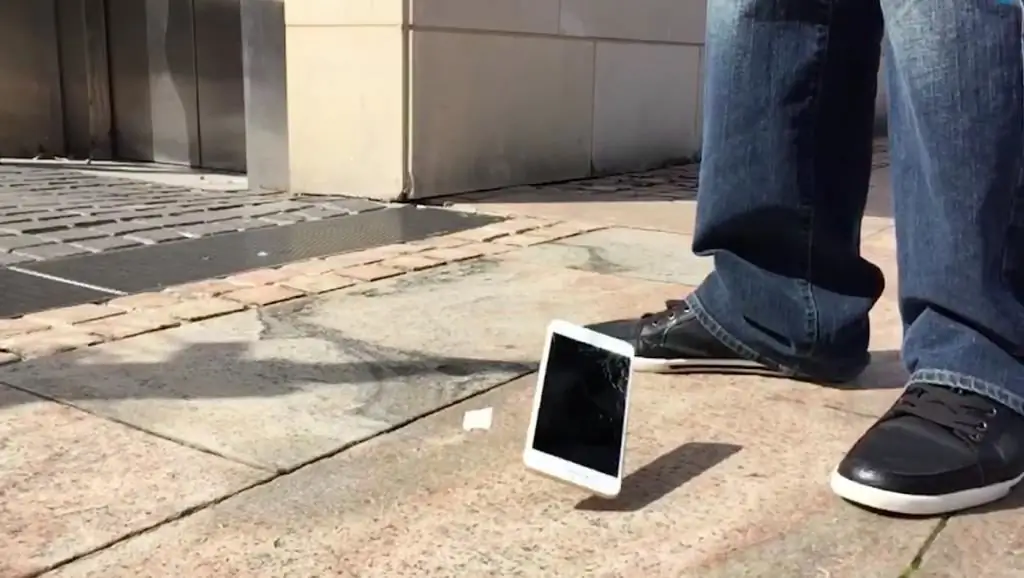
Screen calibration
In cases where the smartphone falls from a height, gets wet or replaces the factory display, it is imperative to re-calibrate the screen. On the forums, users note that unauthorized application launches and similar gaps due to an uncalibrated sensor are common for Asus smartphones. Phantom touchscreen presses can be “treated” by one oftwo ways: using third-party applications or using standard tools.
Standard tools are used only when the phone itself can determine the angle of the sensor. To perform calibration, do the following:
- open the "Settings" tab;
- select the "Display" section;
- find and open the "Calibration" item;
- put the smartphone on a horizontal surface;
- start calibration.
After these steps, a quality device or PC will independently determine the appropriate touch angle of the sensor and complete the calibration process.
If the device does not have a built-in option, then a special application can be downloaded from the official Play Market source. One of them is Touchscreen Calibration, it is characterized by increased accuracy and ease of use. After activating the application and completing the calibration process, which is carried out in a similar way, the device must be rebooted.
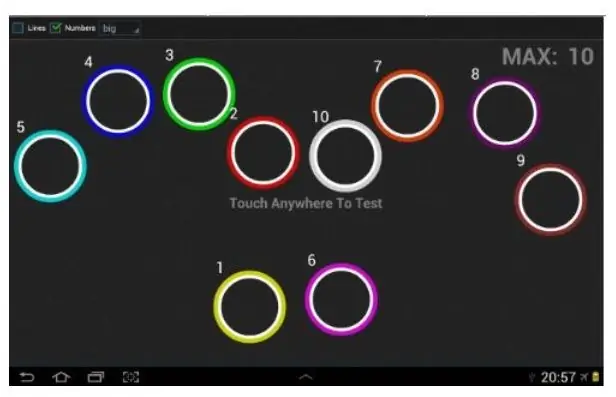
Touchscreen Calibration App
As already noted, this method is suitable for users whose devices do not have a built-in screen calibration function. This application is more in demand in comparison with analogues due to ease of management and efficiency. To calibrate your device using Touchscreen Calibration, you need to:
- Download the app from Google Play and install it.
- Run the program and press the blue key in the window that opensCalibrate.
- The calibration process will begin, during which you will be prompted to adjust the screen angle in several touch modes, you need to go through each of them.
- During the entire operation, the smartphone must be placed on a flat horizontal surface for maximum calibration accuracy.
- In the end, you must press the "OK" key and reboot the device.
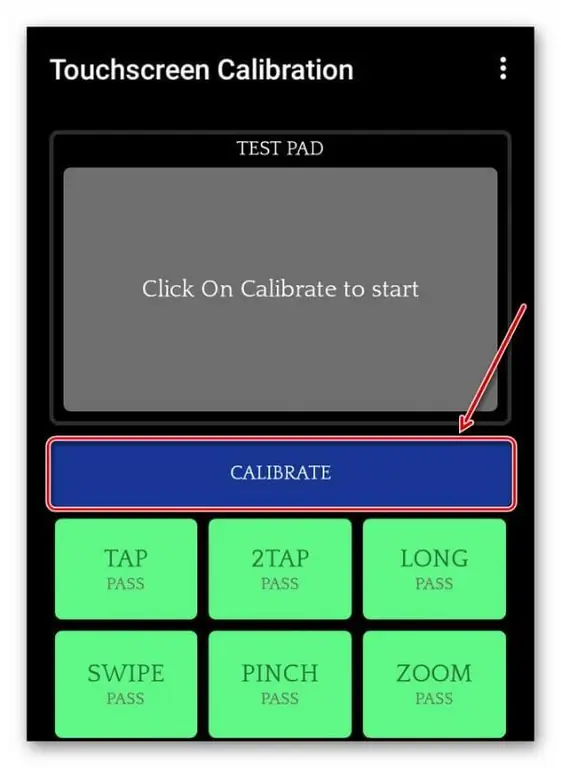
Hardware method
If none of the listed methods of unauthorized clicks brought the desired result, most likely, the problem lies in the malfunction of the components of the mobile device. Usually they are affected by Chinese smartphone models, for example, Oukitel, HOMTOM, Lenovo. It is not always possible to “treat” phantom touchscreen presses using the calibration method. Why? We explain: since resistive displays are used in the assembly, in other words, glasses with a flexible membrane. Compared to capacitive displays, they perform poorly and wear out quickly.
Often, in Chinese phone models, components are attached to each other using low-quality double-sided adhesive tape, which undoubtedly affects the operation of the touchscreen. In both cases, only a qualified service center master who has the necessary knowledge and equipment to repair each specific smartphone model can fix the problem and restore the sensor.
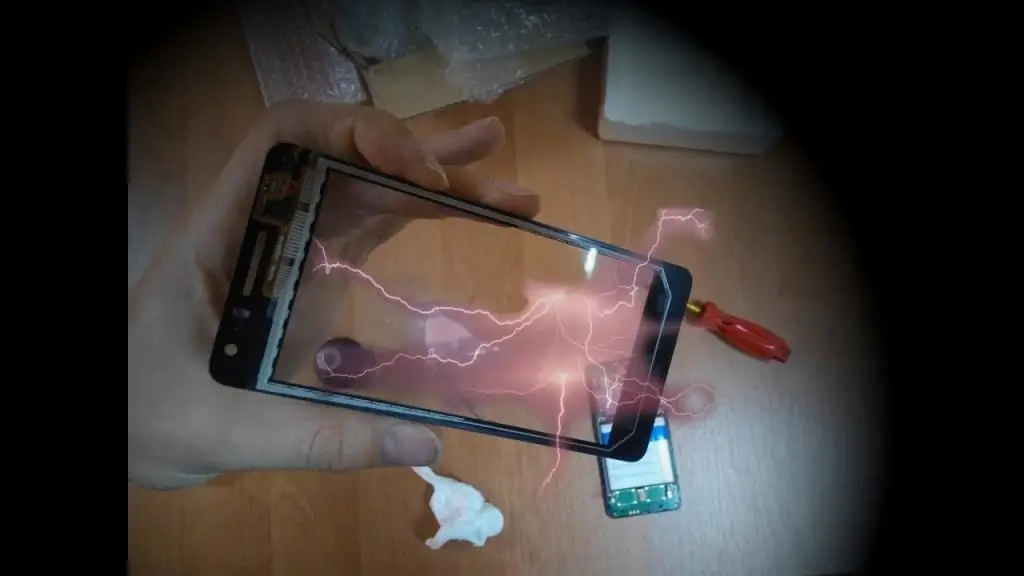
On the forums if there is information that the touchscreen can be "cured"warming up. If you decide to try it, then check out the video above. But remember: you are responsible for your actions, the service center may refuse warranty service after such manipulations.
If taps don't always appear
Sometimes it happens that the unauthorized behavior of a smartphone or tablet is not permanent. It seems that the device lives its own life. This can happen with any device, for example, Asus. How to "cure" phantom touchscreen clicks, we will consider further.
Often people have these problems:
- While charging. Unauthorized behavior may be caused by the charger itself. The fact is that during connection, it skips the phase at the output, which is why the device is “buggy”.
- Moisture. Even the smallest amount of liquid falling on or under the screen can cause pressure. Often people have such problems after rainy weather or high humidity in the room. As a rule, "treatment" is not required here. Just let the device dry.
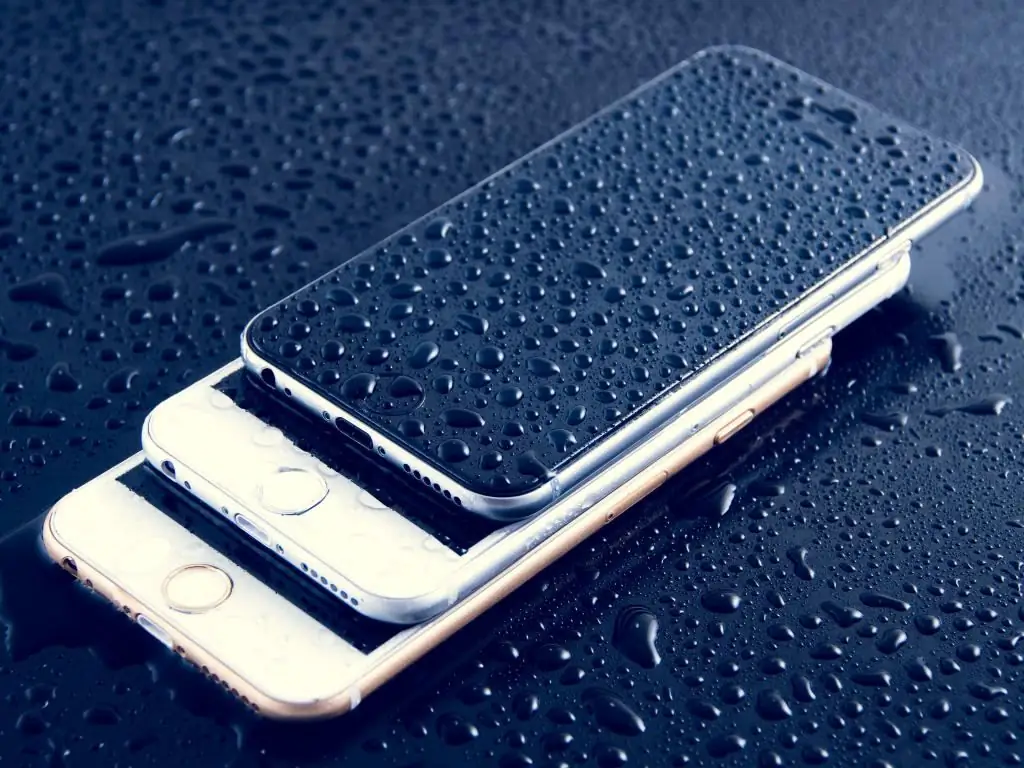
Another nuance of the appearance of the problem may be protective glass. If it is pasted incorrectly, all requirements are not met, then phantom clicks occur because of this. It is enough to change the protective element, but entrust the manipulation to a specialist
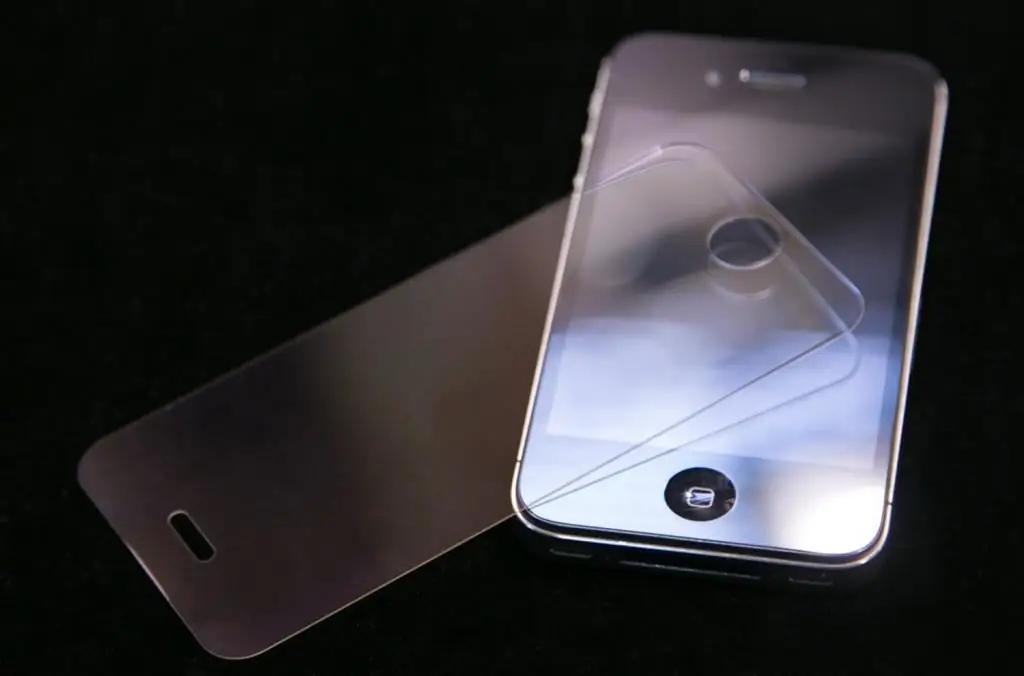
Full reset
When a false positive touchscreen is detected in Android and the buttons are pressed spontaneously, you shouldTry to completely reset all settings to the factory level. In order not to lose all available media files and applications on your mobile device, you must first create a backup copy and save it on your computer.
"Cure" phantom touchscreen clicks on Xiaomi or any other device according to the instructions:
- go to the "Settings" tab;
- select the "Personal data" section;
- in the window that opens, select the line "Reset and restore";
- scroll the page and find "Factory Reset";
- reset settings by clicking on the appropriate button;
- in the window that opens, confirm "Device reset".
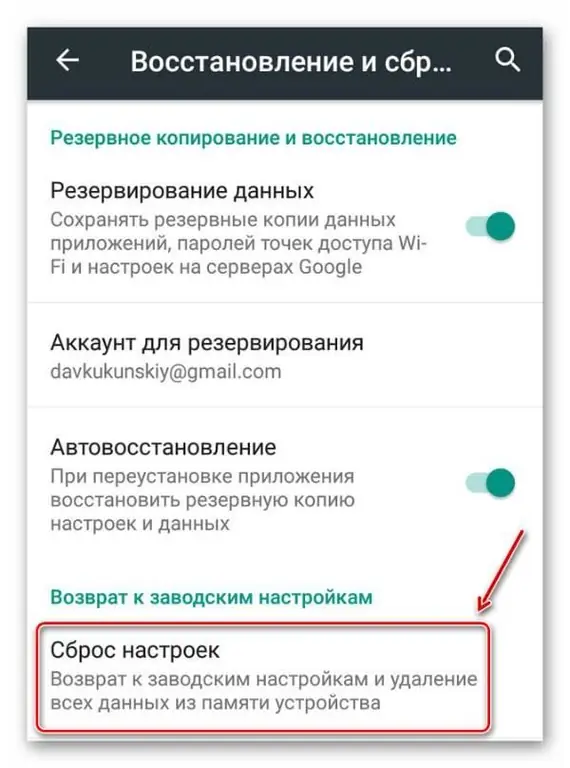
In most cases, if the cause was a software failure, after these actions the touchscreen starts working correctly, the backup copy is restored and the gadget is used in the usual mode.






